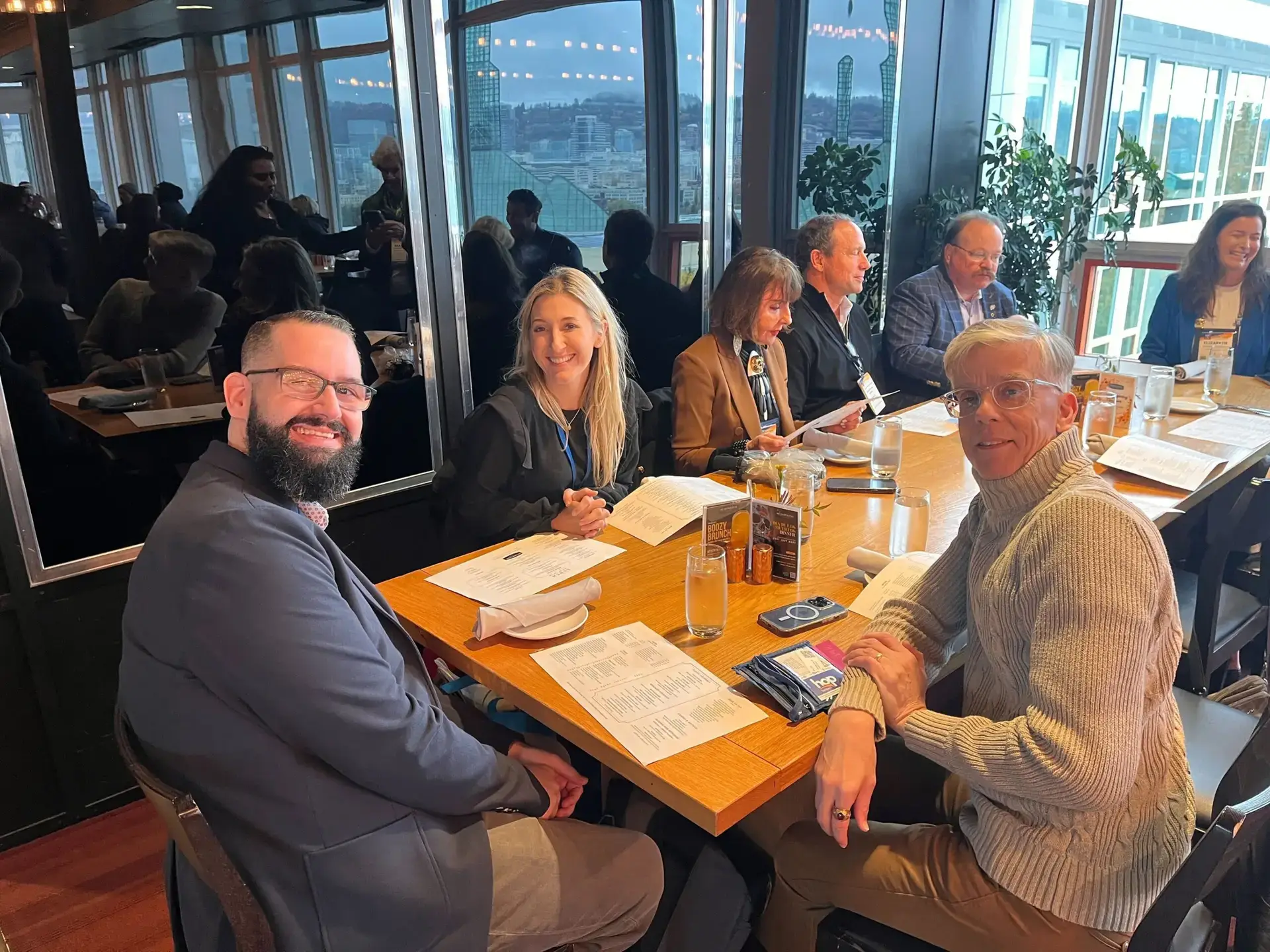Home / Language Service Providers
Language Service Providers
Read our blogs related to Language Service Providers so you can learn more about how to confidently grow your language services company with innovative interpretation technology.

How the New Interpreter Availability Feature Makes Scheduling Effortless

Human Interpreting or AI: What’s the Difference?

Trump’s English-Only Executive Order: Where Language Access Stands in May of 2025

Boostlingo On-Demand Product Update – February 2025

How to Sell Simultaneous Interpretation with Boostlingo

Boostlingo ii Product Update – January 2025

Language Access Under the New Trump Administration

Highlights from Boostlingo at ATA Conference from a First Time Attendee

Highlights from Boostlingo at the ALC Summit 2024
